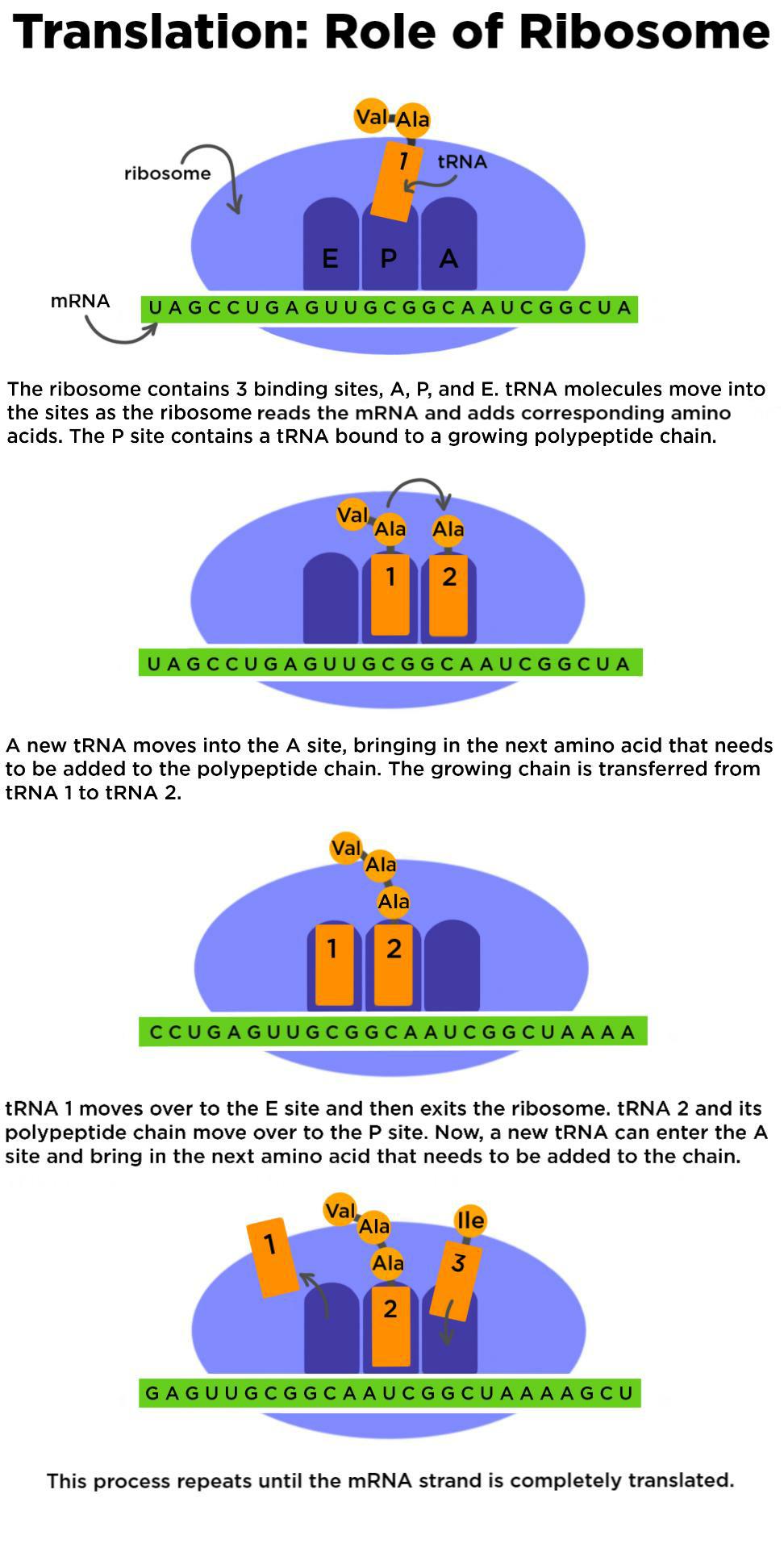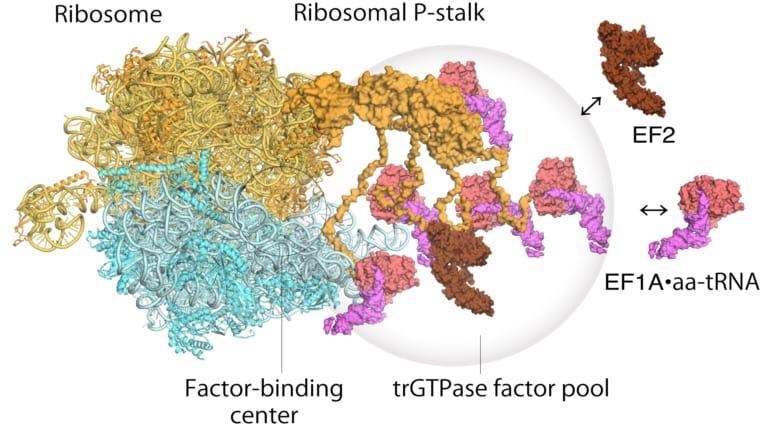Protein is needed for many cell functions such as repairing damage or directing chemical processes. First seen by George Palad e.
 |
| Ribosome Translation Role Importance Expii |
While studying the plant and animal cell you might.

. Its size is 1520nm. The ribosome word is derived ribo from ribonucleic acid and somes from the Greek word soma which means body. These are mentioned below. Ribosome is an organelle that is located either on the cytoplasm or within other organelles like endoplasmic reticulum chloroplast mitochondria of the cell.
A ribosome is an intercellular structure made of both RNA and protein and it is the site of protein synthesis in the cell. Ribosomes can be found floating. The ribosome is a structure of a cell that forms a protein. Transport the synthesized proteins.
The ribosomes present in. Ribosomes are a cell structure that makes protein. Ribosomes are a cell structure that makes protein. Functions of Ribosomes Protein synthesis.
We need the protein for various cell functions such as repairing the damage or directing the chemical processes. A ribosome is a cellular structure not bounded by a membrane composed of ribosomal RNA and proteins and whose function is to synthesize proteins. In plants and animals. Ribosomes help in producing new proteins by the translational process that involves three stages.
Ribosomes are tiny spheroidal. Ribosomes are present mostly on the endoplasmic reticulum. In prokaryotes ribosomes consist. Ribophorin is present on RER rough.
Namely the central core of. Ribosomes are made up of ribosomal proteins and ribosomal RNA rRNA. They are found in the eukaryotic cells ie. They are granular in structure and are made up of.
Ribosomes are composed of a special type of RNA called ribosomal RNA or rRNA. The ribosomes function in protein. A ribosome is a complicated but elegant micro-machine for producing proteins. 40 10 6 daltons.
The ribosome reads the messenger RNA mRNA. Ribosomes bring together mRNA and tRNAs to catalyze protein synthesis. There are 7 important functions of Ribosomes in the cell. They are circular in appearance under a microscope.
It is absent in mature RBCs. The ribosome is an organelle cell that is composed of protein and RNA which helps in the conversion of genetic code into chains of amino acids. Protein is needed for many cell functions such as repairing damage or directing chemical processes. The Ribosomes Function.
This process of defined as protein. It is the smallest cell in size. The principal function of a ribosome is protein synthesis translation-process of synthesizing. The primary function of ribosomes is synthesis of proteins according to the sequence of amino acids as specified in the messenger RNA.
Ribosomes are found in all domains of life and all ribosomes across the myriad types of organisms found on Earth share structural similarities. Provide scaffolding for assembly of molecules involved in protein synthesis. Ribosomes aid in the conversion.
 |
| Endoplasmic Reticulum Rough |
 |
| Ribosomes Definition Structure Size Location And Function |
 |
| Ribosome Translation Role Importance Expii |
 |
| Ribosomes Definition Types Function Examples I Notesbard |
 |
| Pdb 101 Learn Flyers Posters Calendars Flyers The Ribosome |